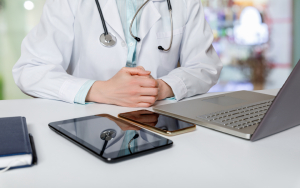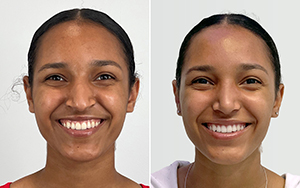Fat Transfer After The Procedure
After Fat Transfer Surgery
- Fat Transfer Overview
- Mid Face Rejuvenation
- Are You a Good Fat Transfer Candidate?
- Benefits of Fat Transfer
- Joseph T Cruise, MD’s Fat Transfer Philosophy
- Prior to Fat Transfer
- Fat Transfer Anesthesia
- After Fat Transfer Surgery
- Recovery from Fat Transfer
- Possible Fat Transfer Complications
- Fat Transfer Cost and Financing
- Fat Transfer Words to Know
- Fat Transfer Before and After Pictures
AFTER SURGERY
- Continue to limit yourself to light activities the first few weeks after surgery. However, make sure that you don't stay in bed continuously. Make sure you walk around every once in a while to allow for blood flow.
- After the first week, limit yourself to activities that are comfortable. No strenuous aerobic activity for 4-5 weeks after surgery. No contact sports for 6 weeks.
- The night after surgery you will want to have some protective sheets or towels on your bed. Your incisions may ooze for the first one to two days.
- You can take a cool shower the day after. Let the water gently run over your face. Pat dry. Make sure someone is with you.
Do not smoke for at least 2 weeks after surgery. - Do not use aspirin-containing products for at least one week. You may take Tylenol or pain medications as prescribed.
- No weight loss diets for at least 3 weeks. Make sure to eat a healthy, well-balanced diet during this time.
- Avoid direct exposure of incision to sunlight for at least 6 weeks. After 6 weeks, apply sunscreen (at least SPF 15) to the area of the incision if you will be in the sun for extended periods of time.
- Be sure to finish your entire prescription of antibiotics.
- For incisions from liposuction at 2-3 weeks after surgery take your steri-strips off. Apply ScarLess® for 8 weeks.
WHAT TO EXPECT AS YOU RECOVER
- Immediately after fat transfer surgery, some patients feel groggy or nauseous. These feelings normally subside by the next day.
- You will probably be very sore for the first week. Bruising is normal and will mostly subside in 2-4 weeks.
- You may experience some numbness. Remember not to put ice or anything hot directly onto skin because you may have decreased awareness of temperature damage. Use wet gauze instead.
- Rarely, numbness may persist for up to 6 months.
- Post surgical bruising and swelling may temporarily cause the look of unevenness, skin changes, hard spots, and ridges.
- At 3-6 months liposuction scars will most likely fade to unnoticeable white color.
- Your incisions might itch, avoid scratching them.
WHEN TO CALL US
Post surgical complications are rare and are often easily solved by the doctor if you notify us. Call us if you experience any of the following:
- a temperature of 101°F or higher,
- severe nausea and vomiting,
- continued dizziness or incoherent behavior,
- increased local redness or warmth,
- chest pain,
- shortness of breath,
- legs swelling or calf pain or,
- if you feel that anything might be wrong.
Please call the office during regular business hours @ 949-644-4808 or after hours page Joseph T Cruise, MD @ 949-310-8055.
POST-OP VISITS AND CARE SUMMARY
| Concern | Instructions | |
| Blood Clot |
|
|
| Constipation |
|
|
| Fever |
|
|
| Activity | ||
| Wound Care |
|
|





